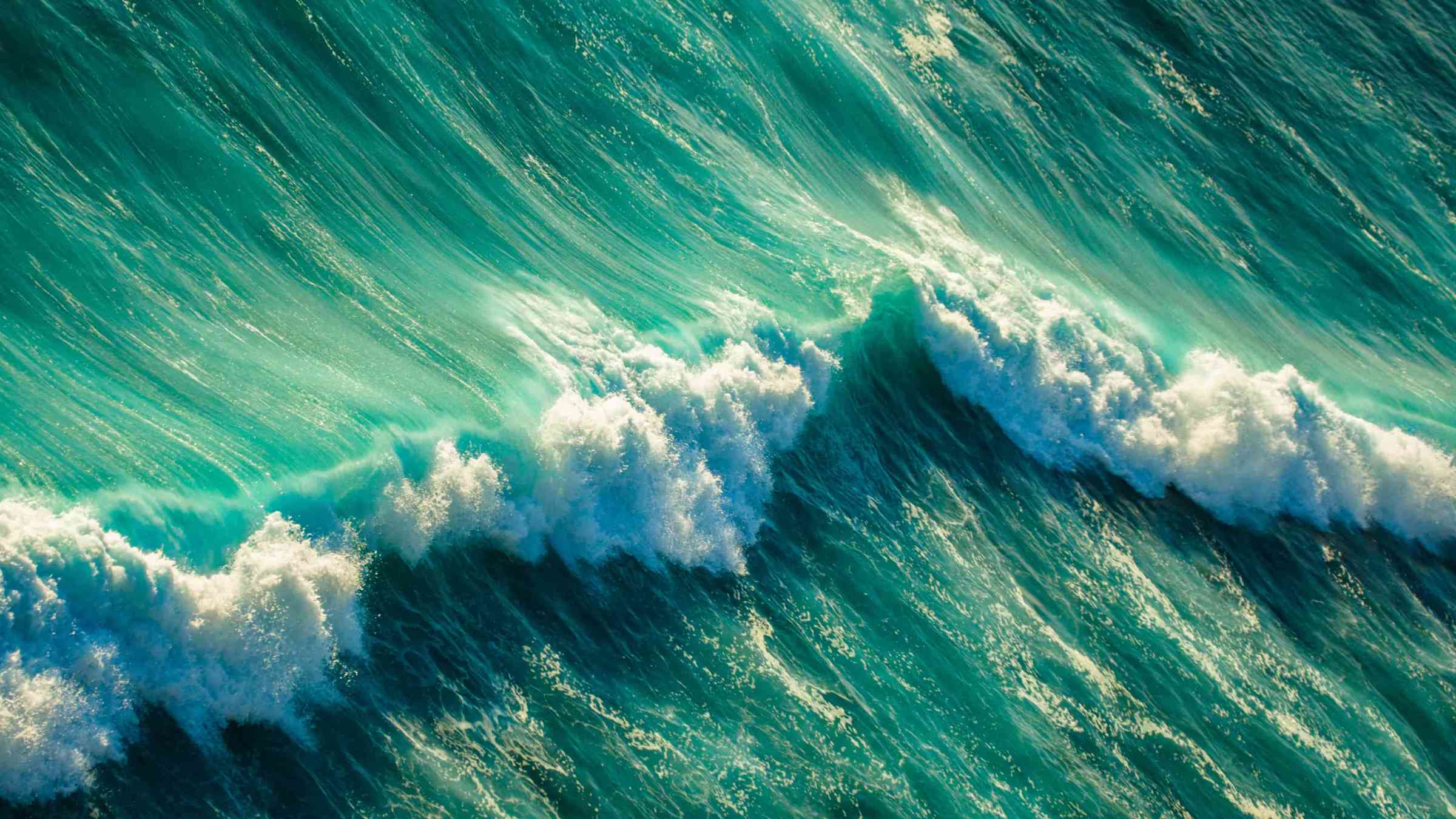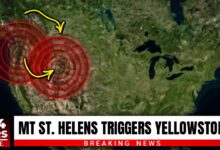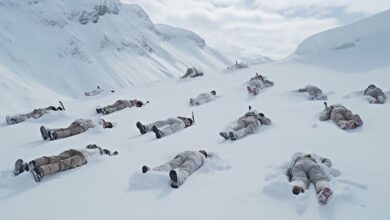Scientists Recorded the Most Extreme Rogue Wave Ever

Scientists recently recorded an extremely rare rogue wave off the coast of western Canada. The wave was as tall as a four-story building and is estimated to occur only once every 1,300 years. Dubbed the “Canadian water monster,” the wave caused no casualties but has become a phenomenon that has left many people amazed. Rogue waves can reach a level of power large enough to sink container ships and oil rigs.
The phenomenon was first scientifically documented in 1995, when the “Draupner wave” – an 84-foot-tall wave (twice the height of surrounding waves) – hit a gas rig in the North Sea. Before then, stories of giant waves appearing “out of nowhere” were often dismissed as myths. For example, in 1826, a French scientist recorded waves as high as 98 feet during a storm in the Indian Ocean, but his story was dismissed due to lack of evidence.
### **Causes of Swell Waves**
Currently, there are two main theories to explain this phenomenon:
1. **Linear Addition Theory**: When waves traveling at different speeds interfere at a point, they combine their energy and create a larger wave than usual.
2. **Nonlinear Concentration Theory**: When groups of waves interact for a long time, they exchange energy, sometimes resulting in the creation of Swell Waves.
Additionally, scientists from the University of Melbourne have found that strong winds play an important role in the formation of Swell Waves, especially when the waves are “young” – meaning they have just started to form and are susceptible to wind. Wind not only makes waves taller, but also makes them travel faster and longer, causing some waves to absorb energy from others and grow larger.

### **Characteristics of swell waves**
Swell waves often appear suddenly, either in rough seas or even in calm waters. They have the following characteristics:
– **Steep walls** and **deep troughs**, looking like a wall of water rising from the ocean.
– Can be 2-3 times taller than surrounding waves.
– They are so powerful that they can sink ships or even bring down rescue helicopters operating nearby.
### **Recent discoveries and practical applications**
In a 2018 experiment, scientists successfully recreated Draupner waves in the lab for the first time, helping them better understand how swell waves form. They found that when waves from different directions meet – often caused by wind or a sudden change in wind direction, such as during a storm – they create a type of cross-wave called a “partially standing wave.” These waves can continue to grow even after they have broken their crests, reaching four times higher than previously thought possible.
This phenomenon is forcing engineers and designers to rethink the way offshore structures, such as wind turbines and oil rigs, are built to ensure they can withstand these giant multidirectional waves.
### **Storm waves vs. Tsunamis**
Although both are giant waves, they are different from tsunamis:
– **Storm waves** form at the ocean surface, usually caused by strong winds and the interference of waves.
– **Storm waves** are caused by large displacements of water, such as earthquakes, volcanic eruptions, or landslides. In the deep ocean, tsunamis may not be noticeable, but as they approach shallow waters near the shore, they grow significantly taller.
### **The Future of Swell Waves**
With the increase in energy in the atmosphere and ocean, scientists are concerned that swell waves will become more frequent in the future. Studies show that they occur on average every 6 hours in rough sea conditions. To make predictions more accurate, scientists are developing improved radar systems that can monitor the ocean surface in real time and warn of extreme waves minutes before they occur.








